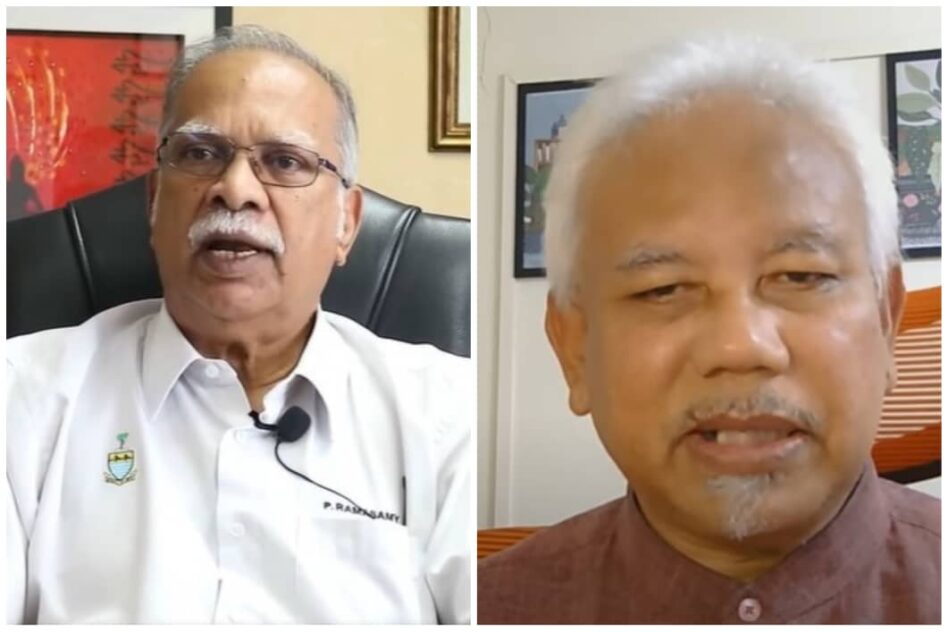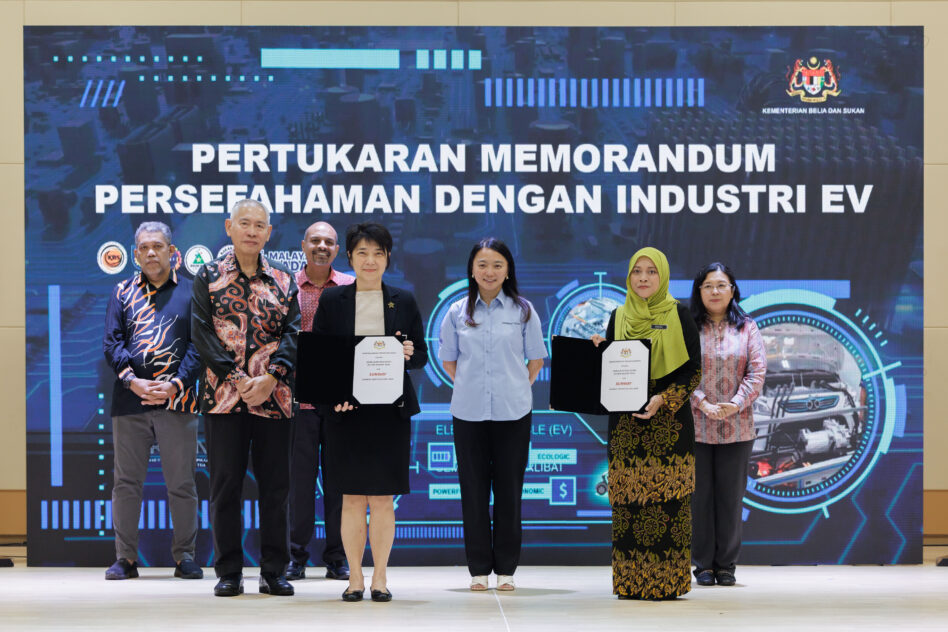HONG KONG: China launched its military build-up in the mid-1990s with a top priority: keep the United States at bay in any conflict by making the waters off the Chinese coast a death trap. Now, China’s People’s Liberation Army (PLA) is preparing to challenge American power further afield.
China’s shipyards have launched the PLA Navy’s first two Type 075 amphibious assault ships, which will form the spearhead of an expeditionary force to play a role similar to that of the US Marine Corps. And like the Marines, the new force will be self-contained – able to deploy solo with all its supporting weapons to fight in distant conflicts or demonstrate Chinese military power.
The 40,000-tonne Type 075 ships are a kind of small aircraft carrier with accommodation for up to 900 troops and space for heavy equipment and landing craft, according to Western military experts who have studied satellite images and photographs of the new vessels.
They will carry up to 30 helicopters at first; later they could carry fighter jets, if China can build short take-off and vertical landing aircraft like the US F-35B.
The first Type 075 was launched last September and the second in April, according to reports in China’s official military media. A third is under construction, according to the May edition of a Congressional Research Service report.
Eventually, the PLA Navy could have seven or more of these ships, according to reports in China’s official military press.
Chinese military commentators quoted in official media say China’s shipyards are now building and launching amphibious ships so rapidly it is like “dropping dumplings” into water.
The military rivalry between China and the United States is only growing sharper. Last week, US Secretary of State Mike Pompeo declared most of Beijing’s claims of sovereignty in the South China Sea illegal, throwing Washington’s weight behind the rival claims of Southeast Asian nations over territory and resources in the strategic waterway that were supported by international law. China said the US position raised tensions in the region and undermined stability.
China’s nascent amphibious forces still lag far behind those of the United States, but the speed of China’s military rise has already shifted the balance of power in Asia. Over the past two decades, China has deployed an arsenal of missiles and a massive surface and sub-surface fleet to deter potential enemies from sailing in its coastal waters.
Now, as part of an accelerated modernisation of the PLA since Chinese President Xi Jinping came to power in 2012, these new amphibious ships and the specially trained marines they carry will boost Beijing’s firepower and political influence far from its shores, according to Chinese and Western military analysts.
As shipyards churn out amphibious vessels, China is expanding its force of marines under the command of the PLA Navy. These troops are being trained and equipped to make landings and fight their way ashore.
China now has between 25,000 and 35,000 marines, according to US and Japanese military estimates. That’s a sharp increase from about 10,000 in 2017.
“Without an amphibious force, any military force is greatly constrained in where and how it can conduct operations,” said Grant Newsham, a retired US Marine Corps colonel and researcher at the Japan Forum for Strategic Studies.
Newsham advised the Japanese military on the formation of Tokyo’s own Amphibious Rapid Deployment Brigade, formed in 2018. “Jets can drop bombs and ships can fire missiles at the shore – but you might need infantry to go ashore and kill the enemy and occupy the ground.”
China’s Ministry of National Defence and the Pentagon did not respond to questions.
At home, too, the PLA marines have become an important tool in the ruling Communist Party’s efforts to showcase China’s increasingly powerful military to its domestic audience.
The state-controlled media regularly reports on the gruelling training and military skills of the Jiaolong, or Sea Dragon commandos – a unit from the marines special forces brigade based on Hainan Island off southern China.
“We should be the point of the sword in joint operations to strike terror into the heart of the enemy,” said Gong Kaifeng, a Jiaolong commandos company commander, in a report last year on the unit’s training broadcast on state television.
When the Type 075 ships enter service, China will have the capacity to combine them with its other new amphibious and support vessels, Chinese and foreign analysts say.
These self-contained fleets can be sent to distant conflicts, deployed as a show of force to deter potential enemies or to protect Chinese investments and citizens abroad. They would also allow the PLA to provide disaster relief and humanitarian assistance, competing with the US for prestige and soft power.
Invading Taiwan
For Beijing, these amphibious forces will also contribute to the PLA’s mounting capacity to make a landing on Taiwan or seize other strategically important or disputed territory in China’s offshore regions, according to specialists in amphibious warfare.
Beijing regards self-governing Taiwan a province of China. Xi Jinping has said unifying Taiwan with the mainland is a vital step in realising the Chinese people’s dream of a powerful, rejuvenated nation.
In a key speech early last year calling on Taiwan to open talks on peaceful reunification, Xi warned that this long-standing dispute could not be deferred indefinitely. “We make no promise to renounce the use of force and reserve the option of taking all necessary means,” Xi said.
China has this year stepped up military operations and exercises around Taiwan, according to US and Taiwanese military analysts. PLA Air Force jets, including at least one bomber and a fighter, briefly entered Taiwan’s air defence identification zone on June 22, before being warned off by the Taiwanese air force, the island’s military said. It was the eighth such encounter in two weeks, the military said.
Taiwan launched its annual Han Kuang defence exercise on July 13 with an emphasis on joint operations between land, sea and air forces to defend the island from attack, according to the island’s military. The exercise also involved an expanded role for reservists as the military strives to boost its firepower, senior Taiwan government officials said.
“Our military is always working hard to prepare for war, closely monitoring the dynamics of the Chinese Communist’s military and the development of the situation in the Taiwan Strait,” Taiwan’s Defence Ministry said in response to questions.
“We have a complete defence plan and appropriate actions to deal with the threat of the Chinese Communists attacking Taiwan and the seizure of offshore islands, which can ensure national security.”
Experts on amphibious forces note the PLA already has powerful army units that are trained and equipped to make the kind of landings necessary for an invasion of Taiwan. In expanding the marines, they argue, PLA military planners are looking at operations across the globe, in places where China has extensive offshore investments.
These commercial interests are likely to multiply as Beijing presses ahead with its Belt and Road Initiative, an ambitious bid to put China at the centre of global trading routes.
China’s marines will also be important to man what is expected to become a network of strategic military bases around the world, including fortifications on territory Beijing has seized in the South China Sea, according to Chinese and Western military commentators.
Beijing has already deployed marines and their armoured vehicles to its first overseas base at Djibouti on the Horn of Africa, according to Pentagon reports. Marines are also deployed on the flotillas China sends on naval anti-piracy missions to the Gulf of Aden, these reports said.
“We are only seeing the tip of the iceberg,” said Ian Easton, the senior director of the Project 2049 Institute, an Arlington, Virginia-based security research group. “Ten years from now, China is almost certainly going to have marine units deployed at locations all over the world.
“The Chinese Communist Party’s ambitions are global. Its interests are global. It plans to send military units wherever its global strategic interests require.”
Short of war, capable amphibious forces will also become a powerful diplomatic or coercive tool for Beijing, military analysts say. So far, Washington has had a monopoly on this type of engagement with other governments, routinely sending marine expeditionary units abroad for port visits, joint training exercises and disaster relief.
US expeditionary flotillas, packed with marines, all their heavy equipment and air support, are a potent reminder of American power. A raw demonstration came in the tense period in 1999 when an Australian-led United Nations peacekeeping force intervened to stop violence in what was then Indonesian-controlled East Timor.
American forces didn’t become heavily involved on the ground. But the presence of the USS Belleau Wood, a 40,000-tonne amphibious assault ship carrying 900 marines and heavy-lift and attack helicopters, served as formidable back-up as the UN troops restored order without any significant resistance from Indonesia.
Seizing islands
China’s first two Type 075 amphibious assault vessels are now berthed together undergoing final fit-out at a state-owned Shanghai shipyard, China’s official military media has reported. Photographs in the official media and commercial satellite images show that the 250m-long vessels appear similar to flat-top amphibious assault ships in service with other advanced navies, including the US fleet. America currently has a fleet of eight Wasp and two America-class amphibious assault vessels.
However, in a blow to US efforts to blunt the challenge from China, the Wasp-class amphibious assault ship USS Bonhomme Richard caught fire on July 12 while tied up at its home port in San Diego. The ship was extensively damaged in the fire which burnt for four days. It was unclear if the ship would be salvaged, the US Navy said.
Since 2005, China has also built a fleet of six Type 071 amphibious ships, according to a 2019 report from the US Defense Intelligence Agency.
These vessels can carry up to four air-cushion landing craft, similar to the hovercraft carried on US amphibious landing ships, as well as four or more helicopters, armoured vehicles and troops on long-distance deployments, the report said. A seventh Type 071 is under construction, according to Western military analysts.
China’s official shipbuilding industry journals have reported the 29,000-tonne Type 071 has command and control capabilities, a medical unit and accommodation for hundreds of marines. The 210m-long vessel has a range of 10,000 nautical miles and reached a speed of 25 knots in trials, these reports said.
To build the force that will embark on these ships, China began a rapid increase in the size of its marine force in 2017, according to Pentagon reports. Earlier, marines had been a low priority in the decades when China’s military built a massive ground force to defend the mainland.
A regiment of marines was formed in 1953 and expanded to a division but then disbanded in 1957, according to an official timeline of major events in PLA history. It was reformed in 1979, the timeline shows.
The US Defence Intelligence Agency report said China’s marine force is now organised into seven brigades, each with armour, infantry, artillery and missiles, and is the strongest force of this type among the rival claimants to disputed territories in the South China Sea.
China’s marines “can simultaneously seize multiple islands in the Spratlys,” the report said, referring to a contested group of islands and reefs in the South China Sea. They could also rapidly reinforce China’s outposts in the Paracel Islands, another disputed territory in the same waterway. China does not publish detailed accounts of the disposition of its forces.
Amphibious warfare specialists say these marines would also be useful for seizing other disputed territory, including the uninhabited group of isles in the East China Sea that are claimed by both Tokyo and Beijing – known as the Senkaku islands in Japan and the Diaoyu islands in China.
Selected army units are being transferred to the marines to boost the force’s capability, according to reports in the official Chinese military media and Western defence analysts. China’s official military newspaper, the PLA Daily, reported in April that two army units trained in aerial assault had been transferred to a marines brigade dedicated to helicopter landings.
The Pentagon’s annual report on Chinese military power in 2018 revealed that a newly established headquarters under the command of the navy was responsible for staffing, training and equipping the expanding force.
And, the report said, a new commander had been appointed to lead the marines. China’s state-controlled media has identified him as Major General Kong Jun, a former army officer who transferred to the marines in early 2017.
Despite this build-up, the Pentagon and other Western military experts argue the PLA marines remain far less capable than the 186,000-strong US Marine Corps, with its extensive experience of amphibious and land operations.
In its 2019 report on China’s military power, the Pentagon said most of the new PLA marines brigades were not yet manned and equipped to be fully operational. It said China’s marines lacked sufficient armoured vehicles, helicopters and training to conduct complex amphibious operations.
Some Western military experts suggest one reason for this: The top priorities for the PLA brass are the army amphibious units and air force airborne troops that would spearhead an attack on Taiwan.
So, the marines “don’t have priority when it comes to things like amphibious tanks and helicopters,” said Easton of the Project 2049 Institute, who has written a book, The Chinese Invasion Threat, on the PLA’s preparations to conquer Taiwan.
The ruling Communist Party has long wanted control of Taiwan for political reasons. The island also has huge strategic importance. It would give the PLA a key foothold in the so-called first island chain, the string of islands that run from the Japanese archipelago through Taiwan, the Philippines and on to Borneo, enclosing China’s coastal seas.
From bases on Taiwan, Chinese warships, strike aircraft and missiles would dominate the sea lanes vital to Japan and South Korea. And Taiwan would be an ideal jump-off point for operations aimed at seizing further territory in the island chain.
Newsham, the retired US Marine colonel, said the PLA had assembled a formidable army amphibious force and sufficient ships, military and civilian, to probably land enough troops on Taiwan as part of a full-scale attack that includes air, missile, naval and cyber assaults.
“The PLA already has a lot lined up,” he said. – July 20, 2020, Reuters










